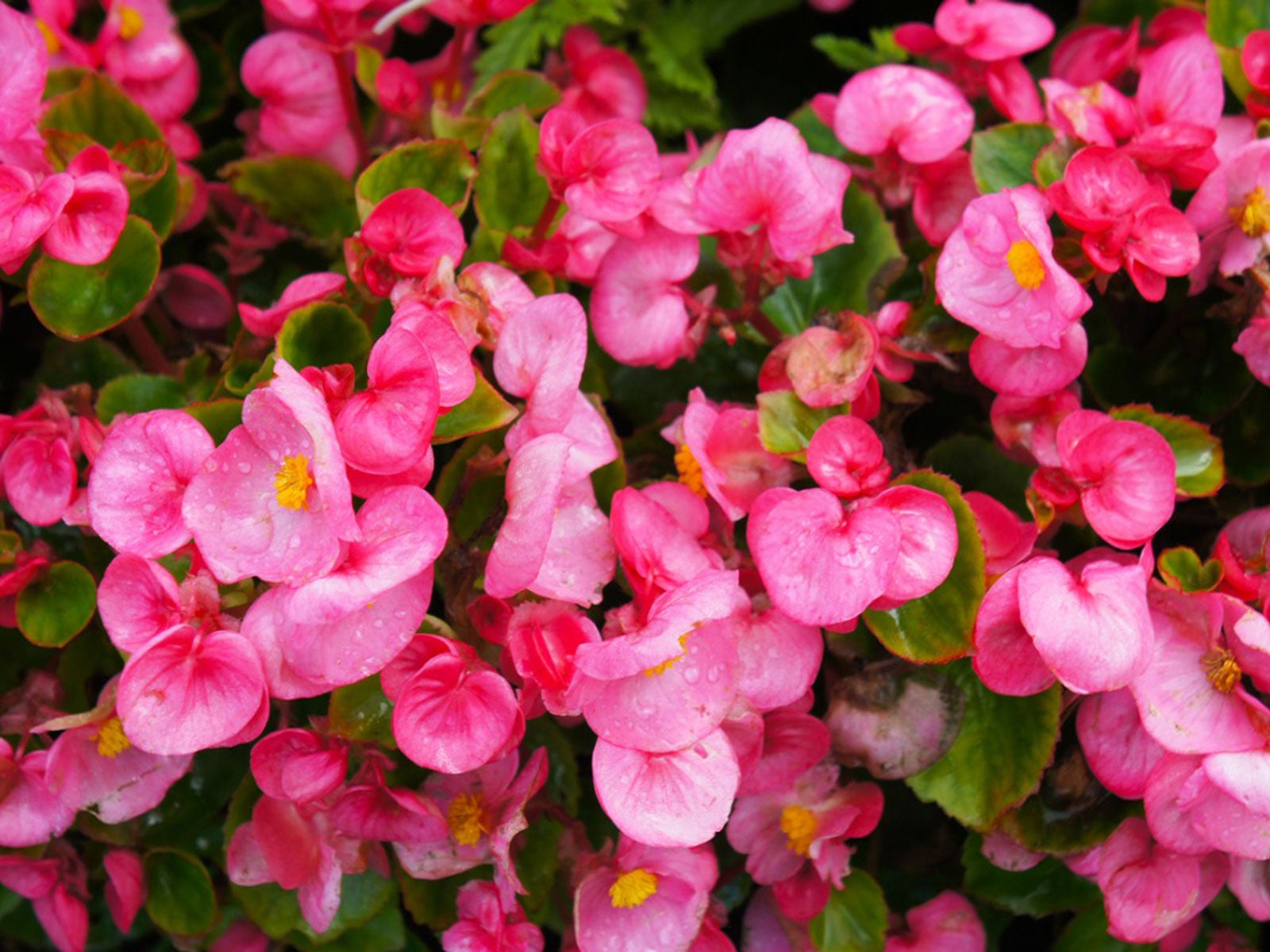How To Overwinter Begonia Cuttings

Remove dead blooms and brown stems when the pots come in for good.
How to overwinter begonia cuttings. Method 1 Simply cut off a young but well-growing leaf with a stem portion attached and insert into a pot with cuttings or multi-purpose compost. You can stick them in soil or water. You can also simply leave the plant outside in your garden through the first frost.
Most people like to stick them in soil. With a sharp knife cut a mature leaf from the plant where the leaf meets the stem. If you use a razor blade be very careful Make sure you get a vein in each piece.
So fall should be an excellent time as well as summer. Pot them up into individual pots and put them in a heated propagator. First you can bring the plant inside before the first frost of the year.
In March or April pull new shoots that form on the tubers away with your fingers. Pruning and taking begonia cuttings. While hormone isnt absolutely required it increases the chance that the begonia will root successfully.
Propagating begonia rooted leaf begonia cuttings. Keep both the cuttings and the original plant fairly cool but in the brightest light you can imagine. A desirable tip will look like this.
This can take 2 or 3 weeks. Warmth and moisture will encourage growth at the damaged parts of the vein. Take cuttings some 4 inches long from healthy leggy begonia plants and.

Most people like to stick them in soil.
How to overwinter begonia cuttings. Once the acclimation period is over and the pots are indoors full-time give each begonia plant a winter haircut. By spring your Rieger begonias should be coming along just fine. You can water more generously as they begin to fill in.
Propagating Begonias From Stem Cuttings. Begonias can be dug up in fall once foliage has faded or just after the first light frost. Most tuberous Begonias can be grown from leaf cuttings in one of two ways.
You can also simply leave the plant outside in your garden through the first frost. Though restarting your begonias from tubers may be one of the easiest options you can also propagate them using other methods. To force the plant to go dormant you can do one of two things.
Pluck off brown wilted and dry blooms and leaves with your fingers and use pruners to snip off stems that look similarly lifeless. 6 Poke a hole in the moist potting medium using a small stick or the eraser end of a. This can take 2 or 3 weeks.
Warmth and moisture will encourage growth at the damaged parts of the vein. In March or April pull new shoots that form on the tubers away with your fingers. Keep both the cuttings and the original plant fairly cool but in the brightest light you can imagine.
Put enough water on the vermiculite to moisten it and then fill the clay pot with water. You can stick them in soil or water. Dig up the entire plant including the tuber.

Place the propagator in a shaded spot and expect to see signs of growth within four weeks.
How to overwinter begonia cuttings. Roots and new plants will develop from the vein at the base of each cutting. Once the acclimation period is over and the pots are indoors full-time give each begonia plant a winter haircut. You can also simply leave the plant outside in your garden through the first frost.
If you use a razor blade be very careful Make sure you get a vein in each piece. In colder climates once the foliage has been damaged by frost you need to cure the tuber harden it off. Keep both the cuttings and the original plant fairly cool but in the brightest light you can imagine.
6 Poke a hole in the moist potting medium using a small stick or the eraser end of a. Warmth and moisture will encourage growth at the damaged parts of the vein. To start your Begonia seeds use sterile soil in a seedling tray and simply sprinkle the seeds on top.
For the larger leaved plants begonia propagation can begin with a single leaf. Several young plants will form on each leaf. Place the tray in a humidity station to keep things warm and moist preferably under fluorescent light.
Keep the cutting in an air-tight environment - as outlined above - until rooted. You can water more generously as they begin to fill in. Store begonia tubers individually in paper bags or line them in a single layer atop newspaper.
This can take 2 or 3 weeks. Dig up the entire plant including the tuber. First you can bring the plant inside before the first frost of the year.








